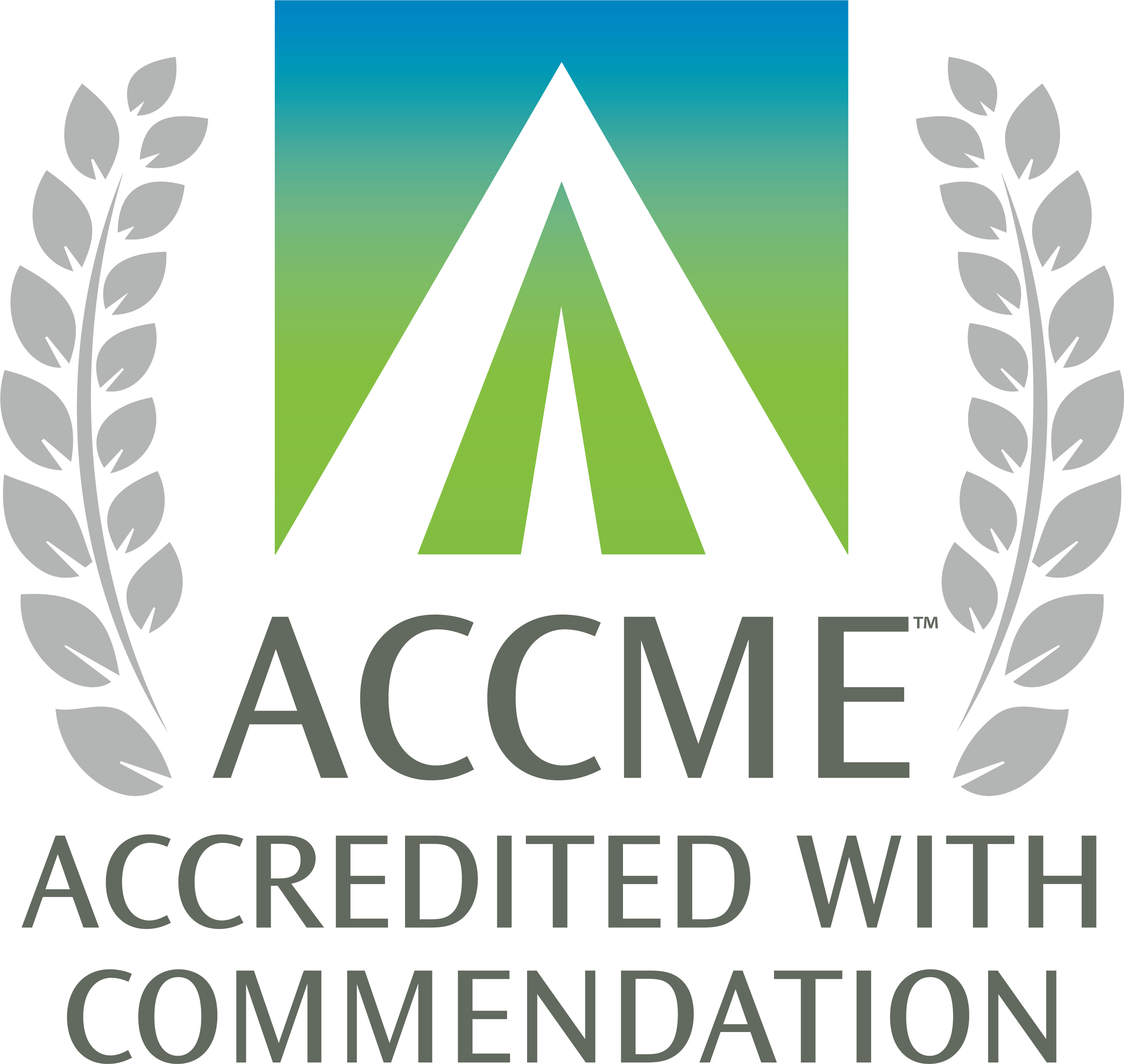Allergic Rhinitis [2013 update]
To begin this activity, click Enroll. Once logged in, learners can access educational content, assessments, and evaluations. Learners who successfully complete the activity will be able to print a certificate.
Release Date:
Mon, 1/1/18
Termination Date:
Tue, 12/31/19
Credits:
1
Description:
Allergic rhinitis, the most common form of rhinitis, affects 20-40 million people in the United States annually, including 10-30% of adults and up to 40% of children. This CME activity addresses the diagnosis and cost-effective treatment of allergic rhinitis in children and adults. The educational material provides useful summaries on practical aspects of care, including an algorithm for steps in diagnosis and treatment, alternative diagnoses to consider, advantages and disadvantages of pharmacologic and immunotherapy, and information on most types of pharmacologic therapy commonly used.
New information in this revision:
Key aspects of care include:
New information in this revision:
- Oral second generation (non-sedating) antihistamines are recommended over first generation antihistamines due to significant side-effects of sedating antihistamines.
- Multiple second generation antihistamines are now available over-the-counter. A second generation antihistamine can often be tried as initial therapy, as it will provide relief in most cases.
- Inhaled nasal steroids can be used as effective monotherapy.
- Drug table (Table 6) is updated with new medications, generic status, and pricing. Additionally, drug table information is reformatted to view pediatric and adult dosing separately.
Key aspects of care include:
- Avoidance of allergen exposure is the first step in treatment.
- Multiple therapies are available, with nasal corticosteroids considered the most potent medications available for treating allergic rhinitis.
- Consider referral if patients:
- have contraindication to or have failed medical therapy
- need testing to identify specific allergens for avoidance
- have comorbidities (asthma, nasal polyps, recurrent sinusitis).
Educational Objectives:
Participants in this CME activity will understand and be able to implement evidence-based cost-effective clinical strategies for the diagnosis and treatment of allergic rhinitis in children and adults.
Target Audience:
This self-study activity is appropriate for primary care clinicians and other health care providers involved in the diagnosis and treatment of allergic rhinitis in children and adults.
Accreditation and Credit Designation:
The University of Michigan Medical School is accredited by the Accreditation Council for Continuing Medical Education (ACCME) to provide continuing medical education for physicians.
The University of Michigan Medical School designates this enduring material for a maximum of 1.0 AMA PRA Category 1 Credits™. Physicians should claim only the credit commensurate with the extent of their participation in the activity.
The University of Michigan Medical School designates this enduring material for a maximum of 1.0 AMA PRA Category 1 Credits™. Physicians should claim only the credit commensurate with the extent of their participation in the activity.
Release Date: October 2013
Termination Date: August 2022
Continued availability of CME credit for this activity depends on a thorough review of its content every three years. This activity was last reviewed for currency and accuracy in August 2019, and availability of CME credit continued.
Additional Info:
Authors:
David A. DeGuzman, MD; General Medicine
Catherine M. Bettcher, MD; Family Medicine
R. Van Harrison, PhD; Medical Education
Christine L. Holland,MD; Allergy
Lauren M. Reed, MD; Pediatrics
Tami L. Remington, PharmD; Pharmacy Services
Mark A. Zacharck, MD; Otolaryngology
Financial Disclosure Information:
Mark Zacharack, MD; Consultant; Entellus, Teva Respiratory
There are no other relevant financial relationships to disclose for this CME activity.
UMHS Guidelines Oversight Team
Karl T. Rew, MD
R. Van Harrison, PhD
Literature Search Services
Taubman Medical Library
David A. DeGuzman, MD; General Medicine
Catherine M. Bettcher, MD; Family Medicine
R. Van Harrison, PhD; Medical Education
Christine L. Holland,MD; Allergy
Lauren M. Reed, MD; Pediatrics
Tami L. Remington, PharmD; Pharmacy Services
Mark A. Zacharck, MD; Otolaryngology
Financial Disclosure Information:
Mark Zacharack, MD; Consultant; Entellus, Teva Respiratory
There are no other relevant financial relationships to disclose for this CME activity.
UMHS Guidelines Oversight Team
Karl T. Rew, MD
R. Van Harrison, PhD
Literature Search Services
Taubman Medical Library
Credits available:
AMA PRA Category 1: 1.00
Participation: 1.00


